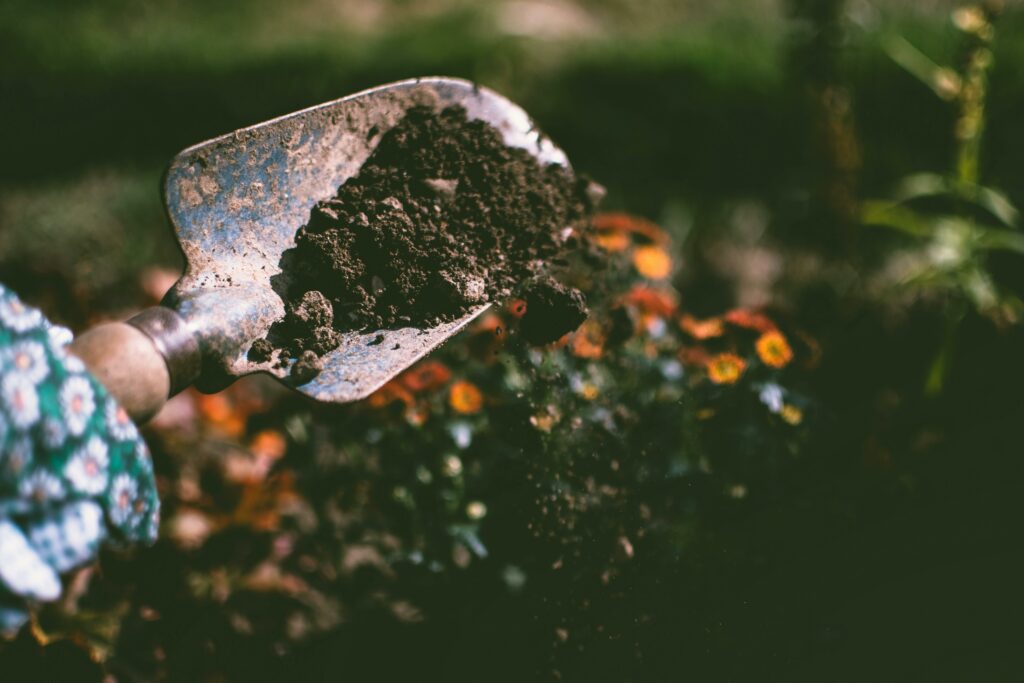
Gardening is hard work. It’s why the job roles of gardener, groundskeeper, and landscaper will always be around, no matter where or when. But if you’d like to get involved in curating your garden yourself, doing so can be a powerful new hobby. Not only is gardening deeply satisfying, but you can learn a lot about nature and its upkeep.
That being said, again, gardening takes a lot out of us. By its very nature (pun intended), manipulating the wild space outside and fashioning it into something more focused will take time. That much is a given. But it’s also true that your gardening efforts, if implemented well, can help you enjoy a wonderful end product.
But is it possible to make gardening less tiring? A few preparations can help. Consider these.
Find A Reliable Wheelbarrow & Storage Area
Don’t underestimate how much hauling is involved when gardening. Having a solid, reliable wheelbarrow on hand makes lugging all those heavy loads of soil, mulch, and tools around way easier. Look for one with a sturdy construction that’ll hold up, plus a grippy wheel for smooth manoeuvring even when piled high. Setting up a designated storage zone near the garden beds is pretty helpful, provided the weather is decent enough. It keeps all your supplies close by so you can grab what you need without having to make a million trips hauling from some distant garage or shed.
Invest in A Good Garden Shed
Speaking of sheds, let’s continue on. While simple, a quality garden shed pretty much becomes your outdoor home base for organizing and storing all the toys – tools, gear, soil, your motivation, you name it. Instead of rummaging through random cluttered corners of the garage or basement, it keeps every single gardening element stored neatly in one convenient place. Lots of built-in shelving, hooks, and spacious storage compartments help keep that organizational situation tidy too. Just open up and grab what you need.
Consider Adequate Fencing
Fencing certainly boosts a garden’s look, but it also protects all your hard-won gardening efforts from unauthorized visitors like deer, rabbits, or the neighbour’s roaming pets. A lovely neighbourhood cat is less cute when it’s munching on your tomatoes. A sturdy, high fence prevents those hungry critters from helping themselves, like this little guy. That means much less frustration from having to constantly replant or repair munched greenery. You can choose a fencing material that naturally fits the garden’s aesthetic while still offering enough height and durability to safeguard it all, so you don’t have to develop Alcatraz anytime soon.
Measure & Plan Dimensions
Before getting too deep into new gardening projects, take some time to properly measure out every inch of the space you’re working with. Planning and mapping those dimensions lets you optimize the entire layout to use every square foot well. You can map out garden beds, pathways, seating areas and more all exactly where you want them from the offset. A bit of planning upfront avoids plenty of headaches and unnecessary physical strain from having to rearrange everything down the road. There’s nothing more annoying than realizing you have more vegetable seeds than you have room to plant!
With this advice, you’ll be sure to enjoy gardening without feeling overly tired about it all.







Leave a Reply